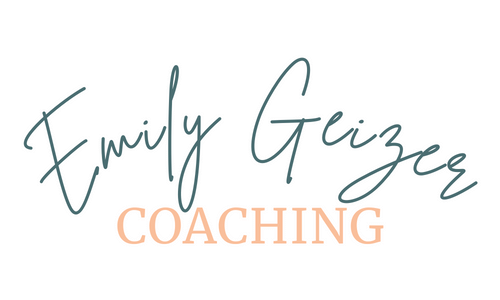Toxic Beauty Products for Women of Color
Pressure to meet Western European beauty standards is costing women of color their heath, and in some cases, their lives.
As a result of trying to lighten skin and straighten hair, women of color are disproportionately exposed to toxic chemicals, as they tend to use many toxic products and more of them than white women. Products which contain mercury, steroids, formaldehyde-releasing preservatives, and hormone-disruptors. Results can lead to increased health risks like lupus, uterine fibroids, early onset of puberty, and breast cancer.
According to research published in the American Journal of Obstetrics and Gynecology, women of color are more at risk than white women because of racial stereotypes and beauty standards—harmful ingredients found in hair relaxers, skin-bleaching creams, and unnecessary vaginal douches were specifically called out.
These Eurocentric beauty standards have Black women purchasing nine times more beauty products on average than white women!
While there is increasing demand for safer products, we need to ensure this demand is met across the entire beauty aisle, especially where the need is greatest, and not just for products marketed to white women.
Clean Fact:
One study of Latinx teens shows that using safer personal-care products can significantly reduce the concentration of suspected hormone-disrupting chemicals in just 3 days.
How can you find safer brands you can trust?
Supporting brands who, in addition to creating safer products, are also educating and advocating is critical! One way I use my voice in this area is partnering with Beautycounter, a personal care product company working to change laws to demand safer ingredients across the entire beauty industry, especially where the need is greatest.
One recent success Beautycounter worked towards was the Safer Salon Bill passed in CA, providing transparency in products marketed toward and used by salon professionals, and making information surrounding product ingredients used in products at salons potential health risks more accessible to the public. Did you know that most salon professionals are BIPOC?
Moving beyond scary facts to safer products
Keep an eye out for potentially harmful ingredients while you shop. Some ingredients you can identify on a label, and others you can’t. This is why I shop with Beautycounter, as they ban over 1800 ingredients and continue to test for safety and contaminants. Their safety standards are the most rigorous (and transparent) in the industry. See those standards here.
Ami Zota, ScD, MS, an environmental epidemiologist at the George Washington University, agrees and says, “Parabens, for example, are more likely to be listed on packaging and labels so you can look for things that are paraben-free." But finding key words on ingredients lists isn't enough. "Other types of chemicals are less likely to be labeled, typically because they're in fragrances," Zota said. "The FDA doesn't require companies to list the individual components of fragrance. Historically, that's the one place that contaminants, like phthalates, are found."
According to the Campaign for Safe Cosmetics, these are the products of particular concern:
Nail polish, products and treatments
Hair relaxers
Skin lighteners
Fragrance
Chemicals of Particular Concern– Coal tar, coumarin, DMDM hydantoin, formaldehyde, fragrance, hydroquinone, monoethanolamine (mea), mercury, mercury salts, phthalates, p-phenylenediamine, toluene
See Beautycounter’s Never List of over 1800 ingredients that have been linked to human health issues.
5 Safer Tips:
Skip toxic hair products. Safest option is to go natural!
Bring your own neutralizing shampoo to the salon.
Avoid nail polishes that include any of the toxic trio: dibutyl phthalate, formaldehyde, and toluene.
Reduce your use of products with added fragrance
Read labels closely and find safer alternatives using tools like EWG’s Skin Deep database.
Ready to switch to safer products? I can help you find clean beauty for all of your self-care rituals.
